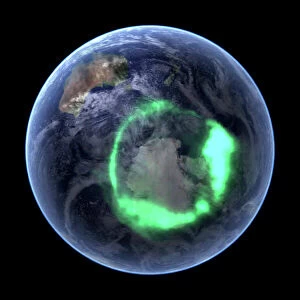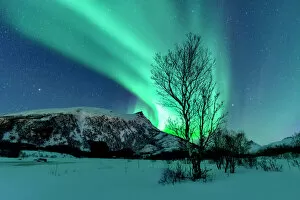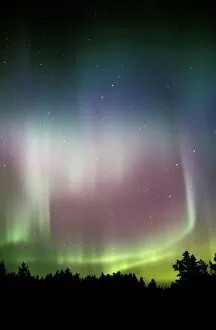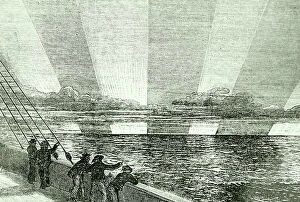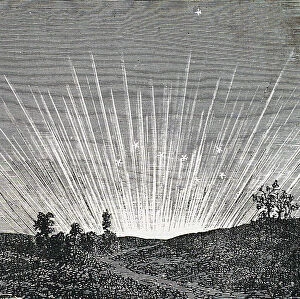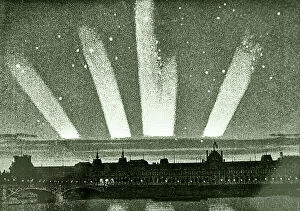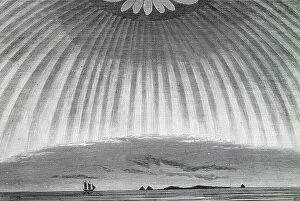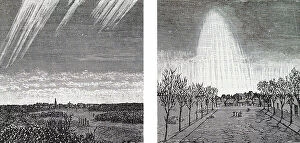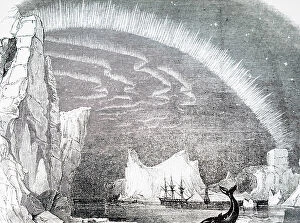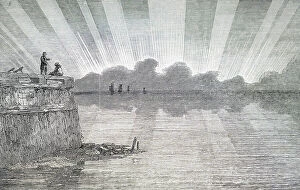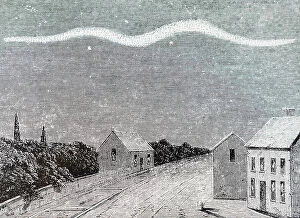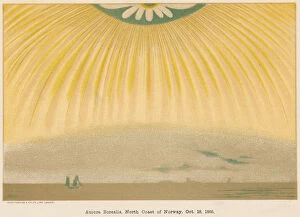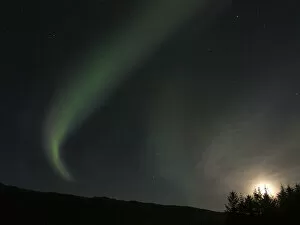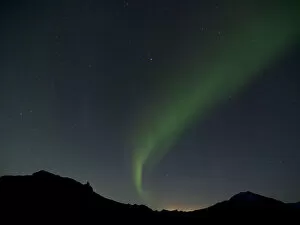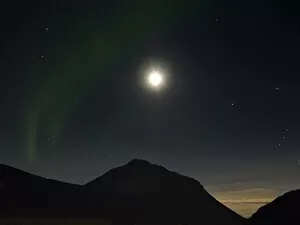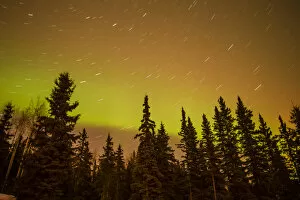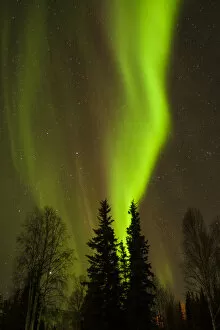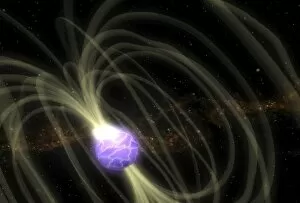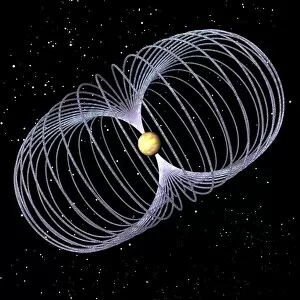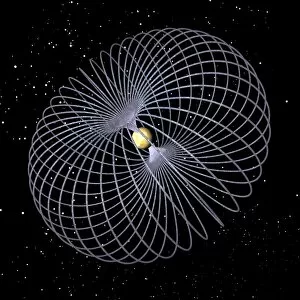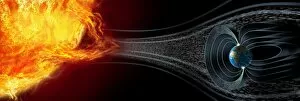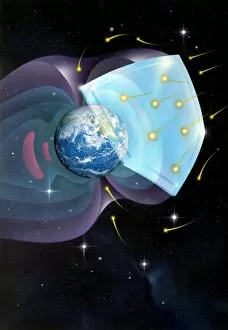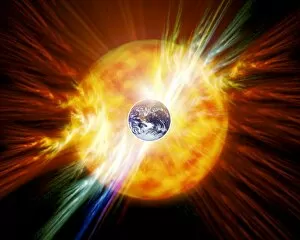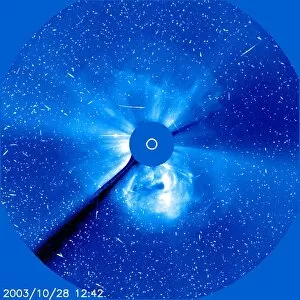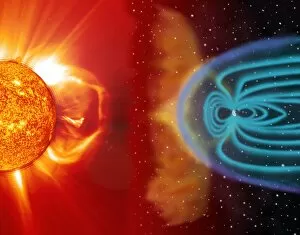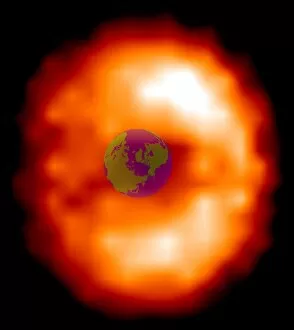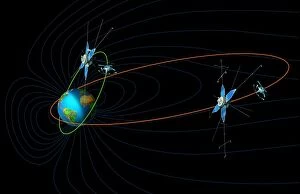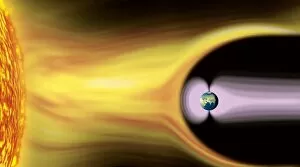Magnetosphere Collection
The magnetosphere, a captivating phenomenon that surrounds our planet, never fails to mesmerize us with its ethereal beauty
For sale as Licensed Images
Choose your image, Select your licence and Download the media
The magnetosphere, a captivating phenomenon that surrounds our planet, never fails to mesmerize us with its ethereal beauty. From the stunning aurora over Antarctica to the satellite image capturing its grandeur, it is a sight that leaves us in awe. One cannot help but be enchanted by the Northern Lights dancing gracefully over the Lofoten Islands in Norway. The vibrant hues of green and purple paint the night sky, creating a breathtaking spectacle known as the Aurora Borealis. Dating back to 1839, an artwork titled "Aurora Borealis or Northern Lights" by Rapine depicts this natural wonder in all its glory. This curtain-like display has fascinated generations throughout history. Even from space, Earth's magnetosphere reveals itself through vivid displays of light. Astronauts have been fortunate enough to witness firsthand this celestial ballet as they gaze upon the Aurora Borealis or Northern Lights from above. Not limited to just one hemisphere, the Southern Hemisphere also experiences its own version called Aurora Australis. In April 1994, this radiant display graced our skies with its enchanting presence. Alaska too bears witness to these celestial wonders. In Fairbanks and Chena Hot Springs, residents are treated to magnificent views of both aurora borealis and star trails illuminating their surroundings. The magnetosphere serves as a reminder of nature's incredible power and beauty, and is a testament to Earth's magnetic field protecting us from harmful solar radiation while simultaneously offering us glimpses into otherworldly realms through these captivating lights. As we continue exploring and understanding this remarkable phenomenon, let us cherish every moment spent under its spellbinding glow - for within it lies not only scientific marvels but also an undeniable sense of wonder that connects us all across time and space.

